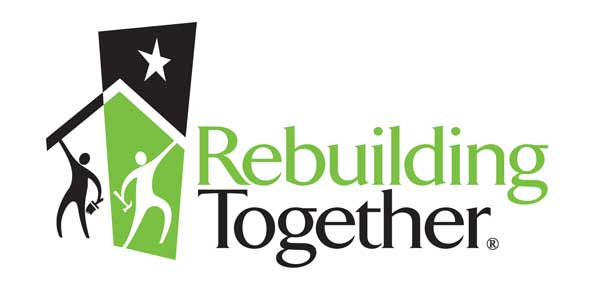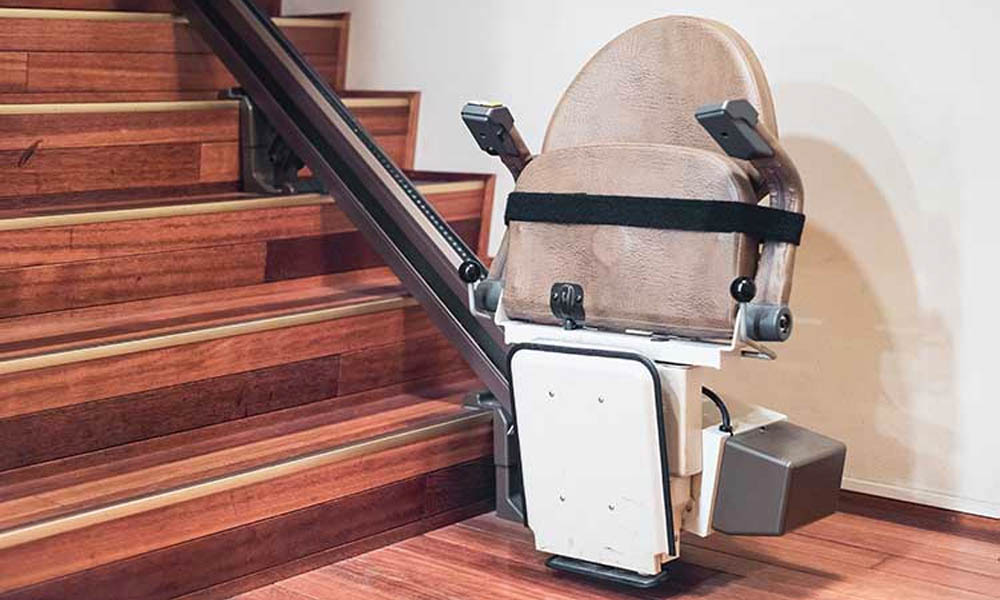Mobility issues become increasingly prevalent as we age. If you have a multi-level home but prefer to age in place, a stairlift can make that a reality. If the cost of a stairlift makes obtaining one unfeasible, here are a few helpful tips for locating financial assistance for stairlifts.
Will Medicare Pay for a Stair Lift?
Many seniors wonder if Medicare will help cover the cost of a stairlift. As with most expensive medical equipment, the answer is: it depends.
-
Original Medicare: Medicare Part B covers durable medical equipment (DME) like wheelchairs or crutches. Unfortunately, Medicare categorizes stairlifts as self-help devices, not DME. As a result, Medicare does not cover the cost of a stairlift.
-
Some Medicare Advantage plans may cover the cost of a stairlift. Medicare Advantage plans are required by law to offer the same coverage as original Medicare—and many plans offer additional benefits. Coverage varies by provider, but a 2020 law allowed providers to offer benefits for persons with chronic illnesses. Talk with an insurance professional about getting coverage for doctor-approved medical devices.
-
Medicare supplemental (Medigap) insurance does not cover stairlifts. Medicare supplement insurance is designed to assist with deductibles and copays for goods and services that original Medicare covers. And since original Medicare does not offer assistance with stairlifts, neither will supplemental or Medigap insurance.
-
Medicaid may pay a portion of stairlift costs, but coverage will vary by state. A licensed healthcare professional must designate the stairlift as medically necessary.
The good news is that you might be able to get financial assistance via the Home and Community-Based Services (HCBS) program offered through Medicaid. HCBS allows Medicaid members to receive health services in their homes rather than institutions or outside settings. If you apply and are approved, you will receive a waiver to pay for a stairlift and the cost of installation.
Stair Lifts and Financial Assistance for Veterans

The Veterans Administration provides funding for home modifications for former or current military members. Veterans who cannot climb stairs because of a service-related disability may have the cost of a stairlift paid for by the Veterans Administration. The VA requires a patient evaluation and an in-home visit to receive assistance.
- Rebuilding Together is a non-profit organization that provides home modification assistance (materials and labor) to U.S. veterans through the Heroes at Home Program.
- Specially Adapted Housing (SAH) grant or a Special Home Adaptation (SHA) grant can help veterans fund home modifications for service-related disabilities. This may include stairlifts.
Stair Lifts and State Assistance Programs
Your state may have an assistance program that provides grants or loans to help you pay for a stairlift. The programs provide free home modifications for seniors and persons with disabilities to comfortably age in place.
Each state’s program has different eligibility requirements. In general, these requirements include:
-
The applicant must be elderly or disabled. U.S. laws define ‘elderly’ as a person aged 65 or older.
-
The applicant must live at home, rent a home, or live in a caregiver’s residence. An individual is considered ineligible if they reside in an assisted living facility or a nursing home.
-
The applicant’s income must fall within the program limits. Select programs also consider the applicant’s full financial resources, including assets.
Examples of state programs you’ll see include:
-
The CHOICE program in Indiana provides a wide range of assistance for seniors and people who are disabled, from personal care to everyday chores, home modifications, and medical supply assistance. All CHOICE services are designed to help the beneficiary live independently or assist caregivers in caring for loved ones at home.
-
The Illinois Home Accessibility Program (HAP) provides grants to low-income seniors and people who are disabled. The program offers aging-in-place assistance to help prevent premature nursing home placement. A wide range of home modifications and repairs are available through the program.
-
Georgia’s Home and Community-Based Services program offers various services to help residents aged 60 and older live safely and independently in their own homes. The program’s services include home modification and repair. Contact Georgia County’s Area Agency on Aging (AAA) for more information.
To discover what help is available in your state, locate your local Area Agency on Aging (AAA) by visiting Eldercare.gov and typing in your city and state or your zip code.
Are Stairlifts Tax-Deductible?
The IRS allows you to deduct certain medical expenses from your taxes, including a stair lift. However, it is only deductible if you have a prescription from a healthcare provider deeming it necessary for health reasons. With this letter, you can deduct part of the stairlift expense for the year the doctor advised you to install it.
Bottom Line
Buying a stairlift is a large expense, but there are several ways to offset the cost. Talk to an insurance provider about coverage options or research grant programs available in your state.


